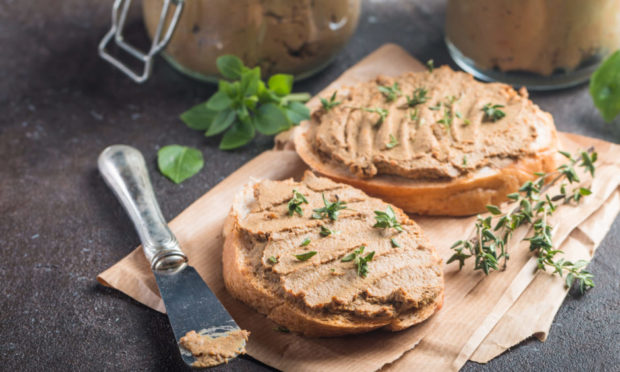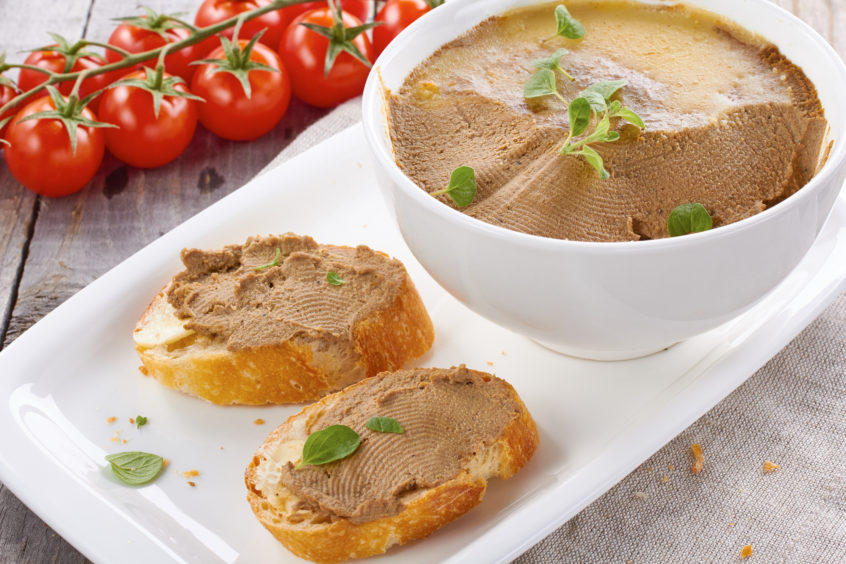This week we take a look at a French delicacy loved by us across The Channel, and delve into its origins and how to make it.
As far as food goes, the French have brought us many great things and a number of the ways in which we cook all originated in France.
They have also brought us pâté in many shapes and forms, such as the classic chicken liver pâté.
The word pâté means a mixture of meat and fat and although no one knows exactly when it was invented, there is evidence the famous “pâté de fois gras” from 1765 when it was created by chef Jean Joseph Clause from Normandy.
Normally used as a spread, pâté is made from any kind of meat, fish or liver. Popular as a snack or a starter, in some cultures it is popular breakfast dish.
The ingredients are a finely grinded mixture of meat, fat, spices and a little alcohol for luxury, although it is possible to make a vegetarian version.
The finished pâté is normally covered with a thin layer of clarified butter and stored in a cool place which helps to preserve it.
Potted meats
While the French certainly invented pâté as we know it, the British have been potting meats to preserve them for hundreds of years.
Beef, game and salmon were preserved in a similar way that the French produced pâté, just one of many crossovers our cuisines share.
In his book On Food and Cooking, Harold McGee, the word pâté has its roots in Greek, similar to pastry and pasta, meaning “small particles and fine textures”.
Chicken liver pâté has a smooth texture being made of a mixture of butter and liver. I have made this myself many times over the years and not only is it delicious, it is incredibly simple.
Chicken liver pate recipe
Ingredients
- 250g (9oz) pack frozen chicken livers, defrosted
- 1 tbsp olive oil
- 1 onion, chopped
- 25g (1oz) butter
- 2 garlic cloves, finely chopped
- 2 tbsp brandy
- 150ml (¼ pint) chicken stock
- Little salt
- ½ tsp roughly crushed black peppercorns
Method
- To make the pate, add the chicken livers to a sieve, rinse with cold water, drain well then tip out on to a chopping board. Roughly chop, discarding any central white cores.
- Heat the oil in a frying pan, add the onion and fry for five minutes until softened and just beginning to turn golden.
- Add the butter, heat until melted then mix in the garlic and chicken livers. Fry for three to four minutes, stirring until the livers are browned but still pink in the centre.
- Add the brandy, heat until bubbling, then flame with a lit taper or long match. Stand well back until the flames subside, then stir in the stock, salt and peppercorns.
- Cook over medium heat for three to four minutes until some of the stock has evaporated. Allow to cool then blitz in a food processor or liquidiser until smooth.
- Spoon into a dish, cover and transfer to the fridge when cool enough.
- Chill for three hours or overnight.
More in this series…
Throwback Thursday: The rise of the 50s upside down pineapple pudding

